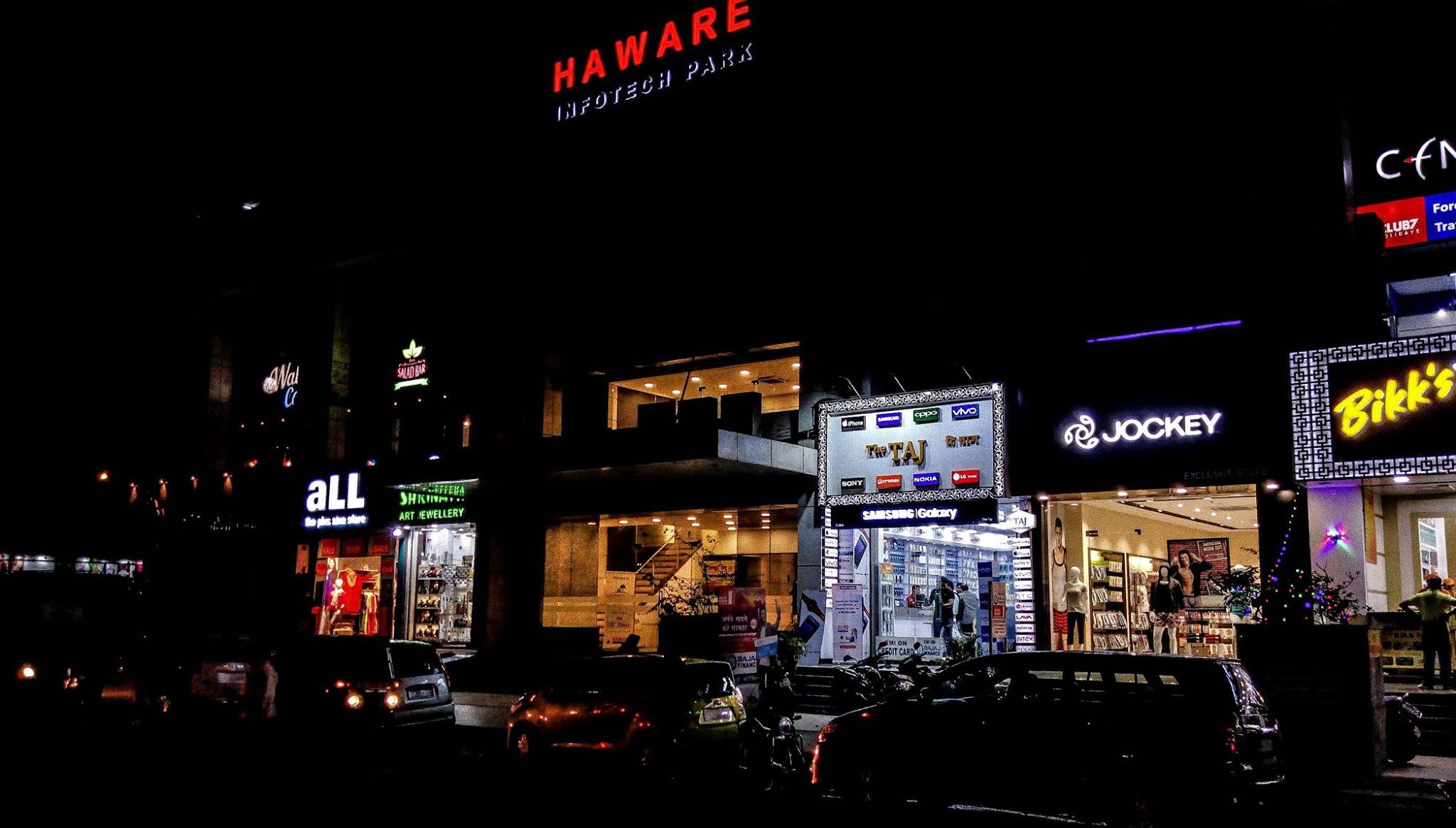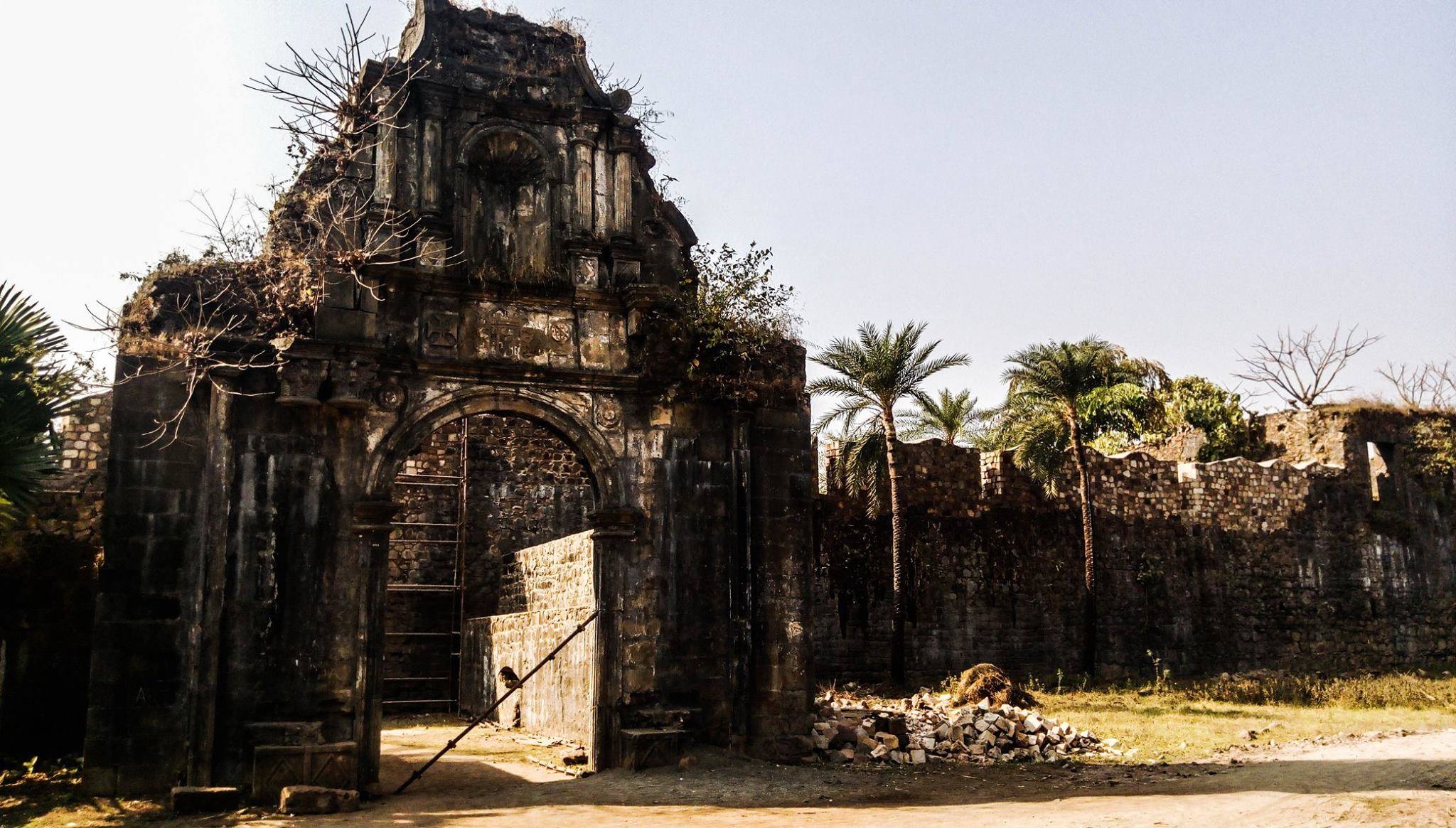Beyond the City Limits
- Mumbai Fixers
- Beyond the City Limits
Discover
Beyond The City Limits

Navi Mumbai
Navi Mumbai, a planned city built in the 1970s to ease pressure on Mumbai, sits across the harbor. Unlike organically grown Mumbai, Navi Mumbai boasts wide roads, green spaces, and well-defined zones. Initially envisioned to house 2.1 million, Navi Mumbai is now home to over a million residents. Navi Mumbai, a planned city, spread between Thane and Raigad districts of the Konkan region of Maharashtra, with wide roads and green spaces, offers a range of attractions including the cascading Pandavkada Falls, the recreational paradise of Central Park, and the historical wonder Belapur Fort. Another must-see is the Pandavkada Falls, a cascading waterfall surrounded by lush greenery, offering a serene escape from the city buzz.

Lonavala & Khandala
Perched in the cool embrace of the Sahyadri mountains, Lonavala and Khandala, twin hill stations, boast a history as rich as the views they offer. Once a strategic point for the Seuna dynasty and Mughals, the British (1871) called them "Lonavli" and "Khandala" respectively, and frequented them as a summer escape from Mumbai. Lonavala sits at a pleasant 622 meters (2,041 ft) above sea level, while Khandala climbs slightly higher. Today, amidst the natural beauty of waterfalls and caves, visitors can delve into the past at the Karla Caves (2nd century BC) with their intricate carvings, or unwind by Lonavala Lake with its boating options. The Wax Museum offers a quirky look at history, while Khandala Point provides a breathtaking panorama for capturing memories.

Vasai
Vasai, a region with a rich trading history, was known by various names like Baçaim and Bassein. Once a Portuguese stronghold (1533-1739), it boasts the remains of Fort St. Sebastian and several 16th-century churches. Though many were burnt by the Marathas, the Papdy Church (1574) and the Igreja de Nossa Senhora da Vida ruins offer a glimpse into the Portuguese era. These historical sites are popular for photography and filming.

